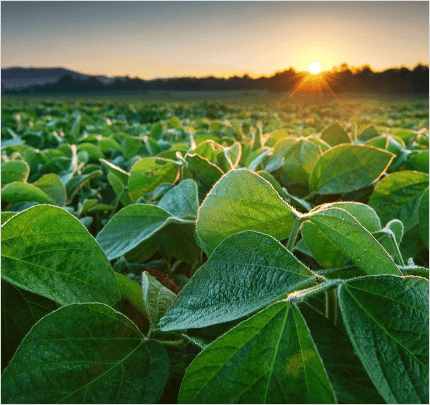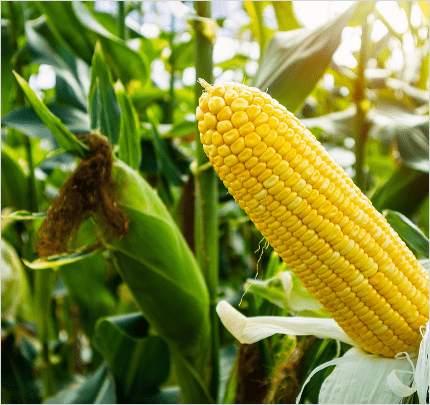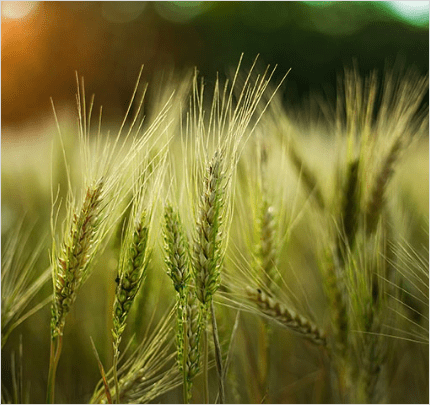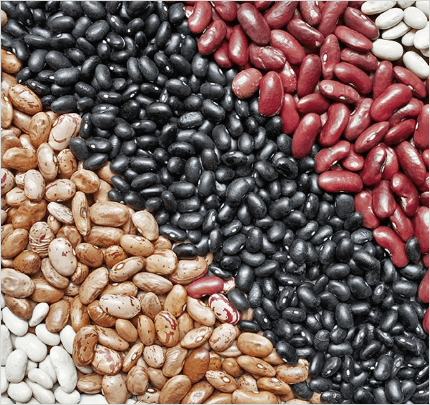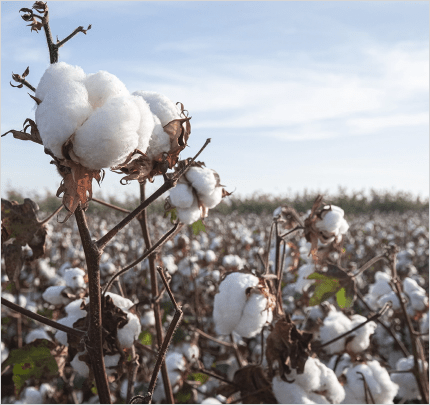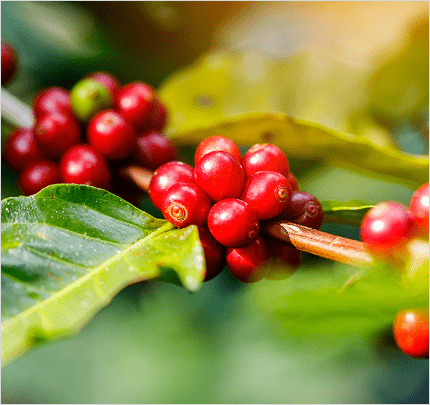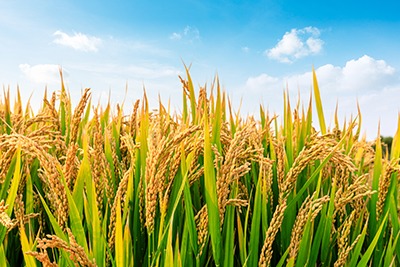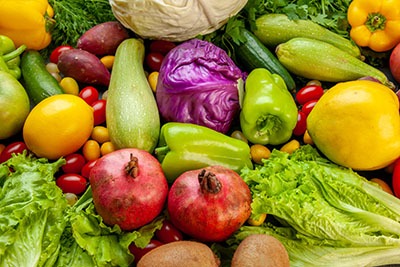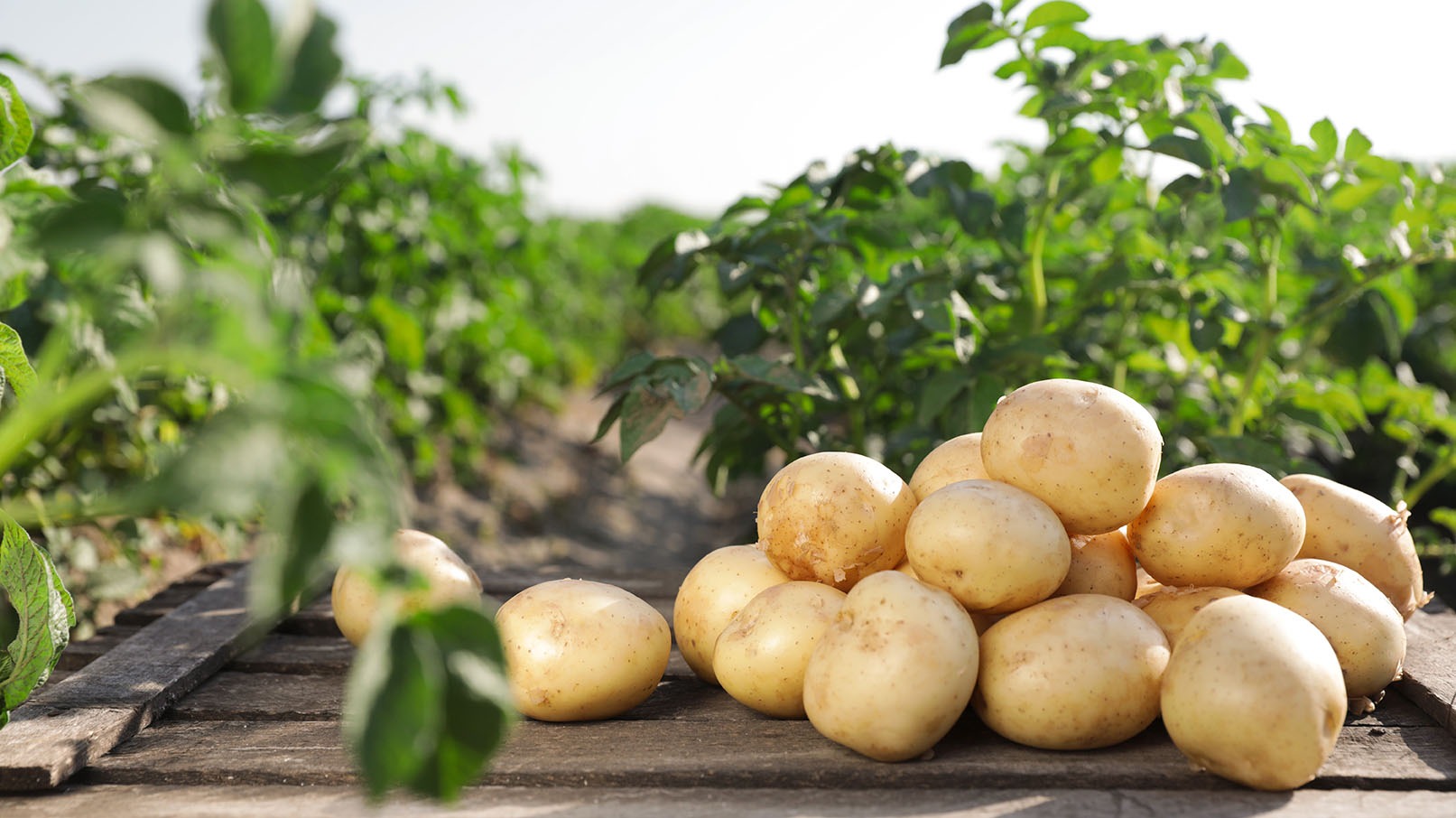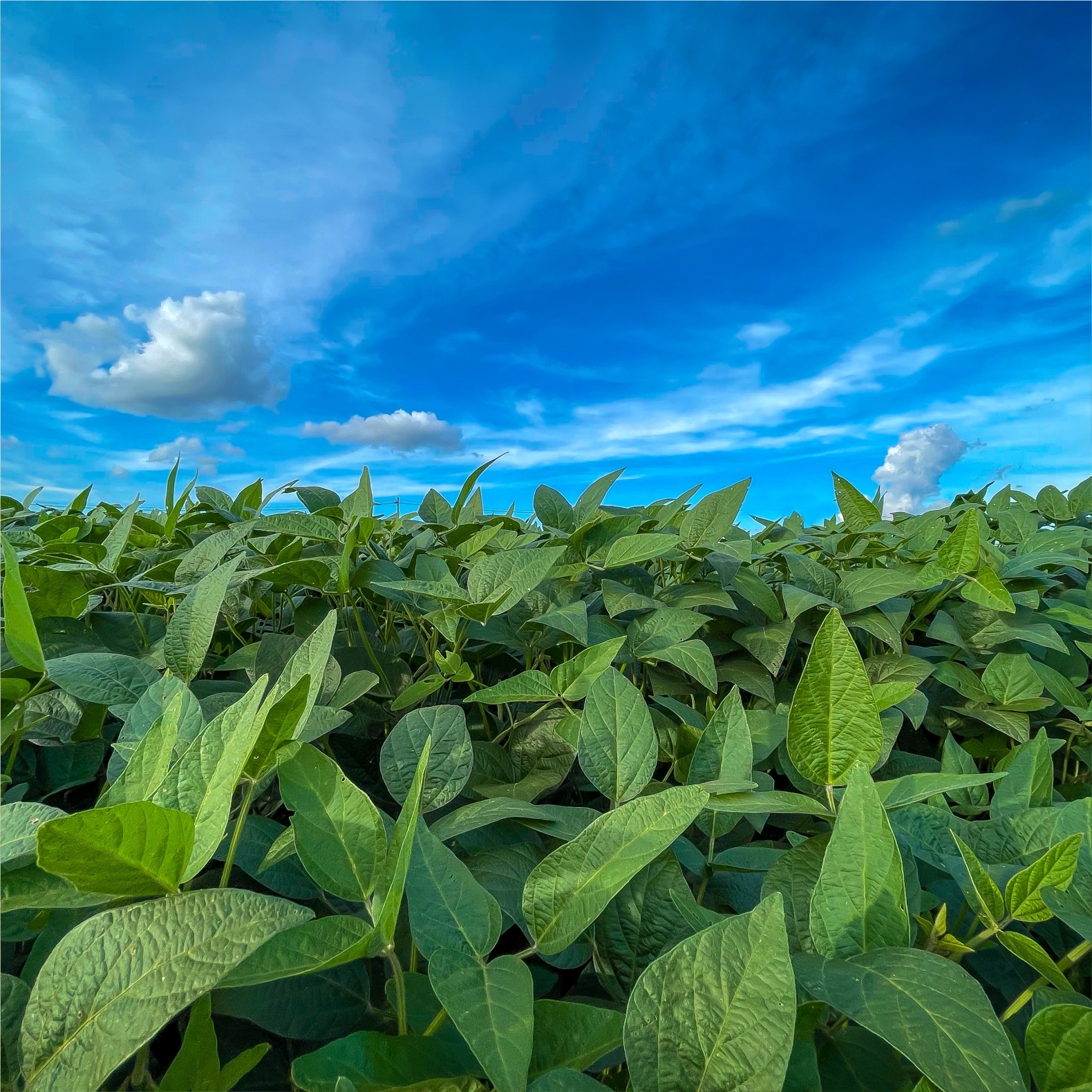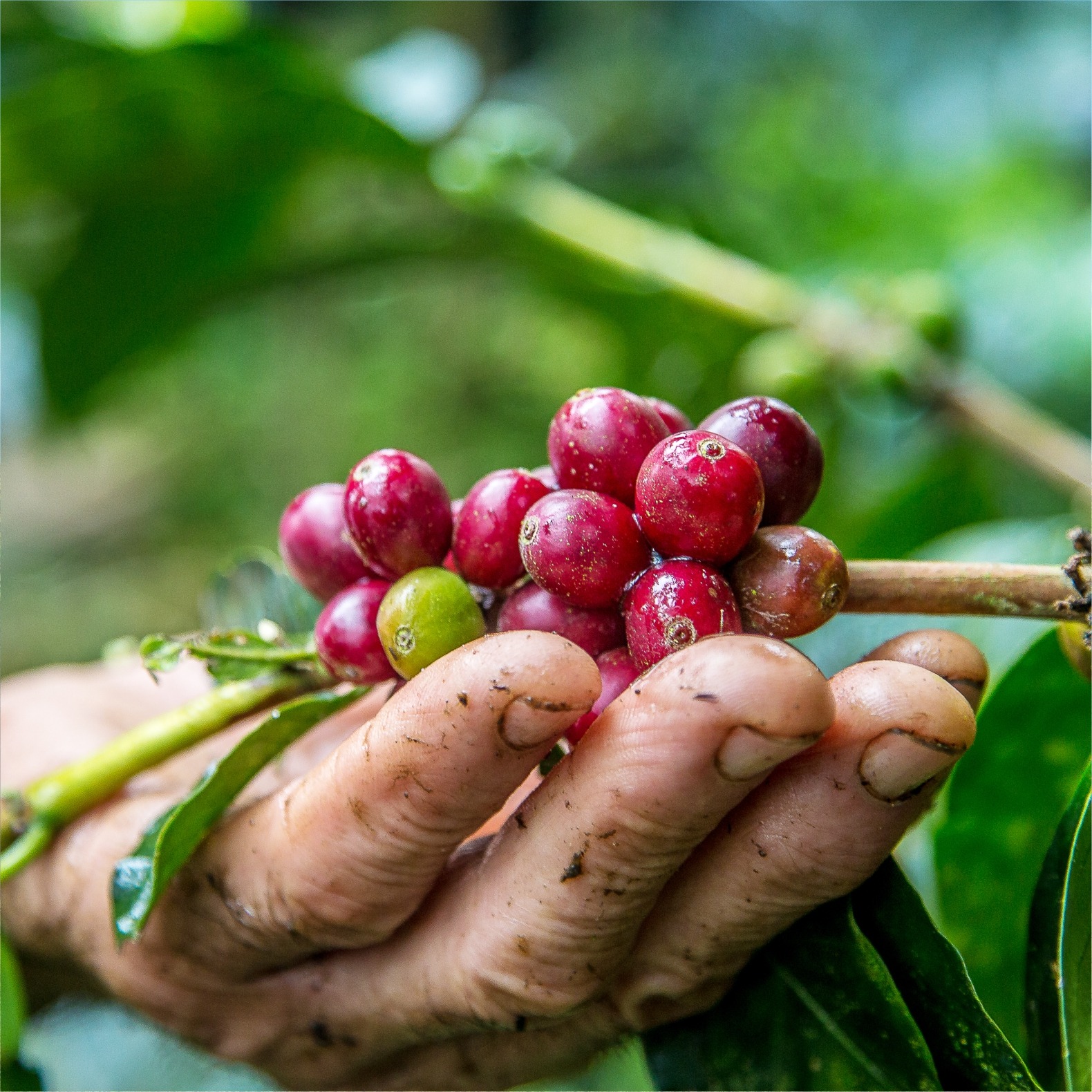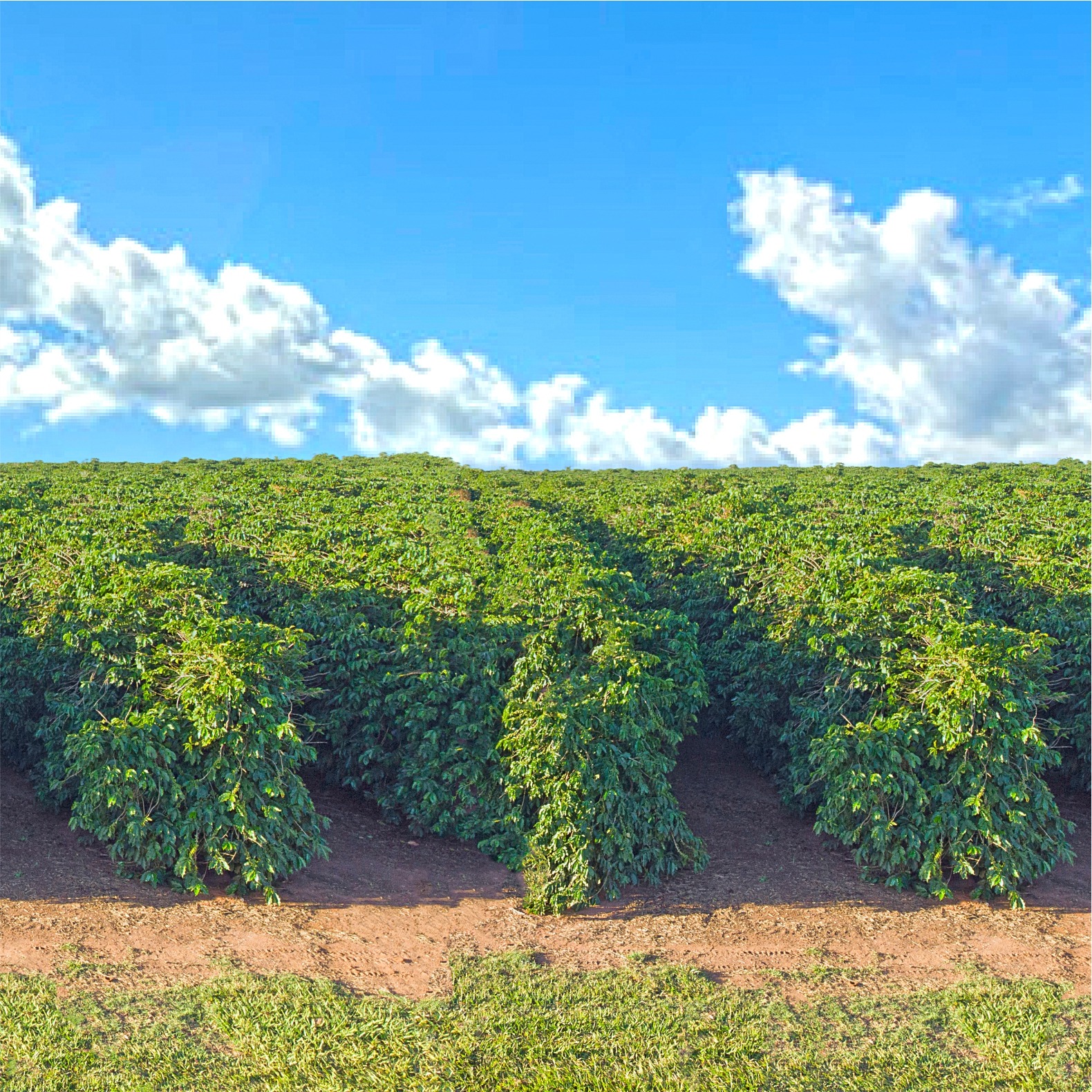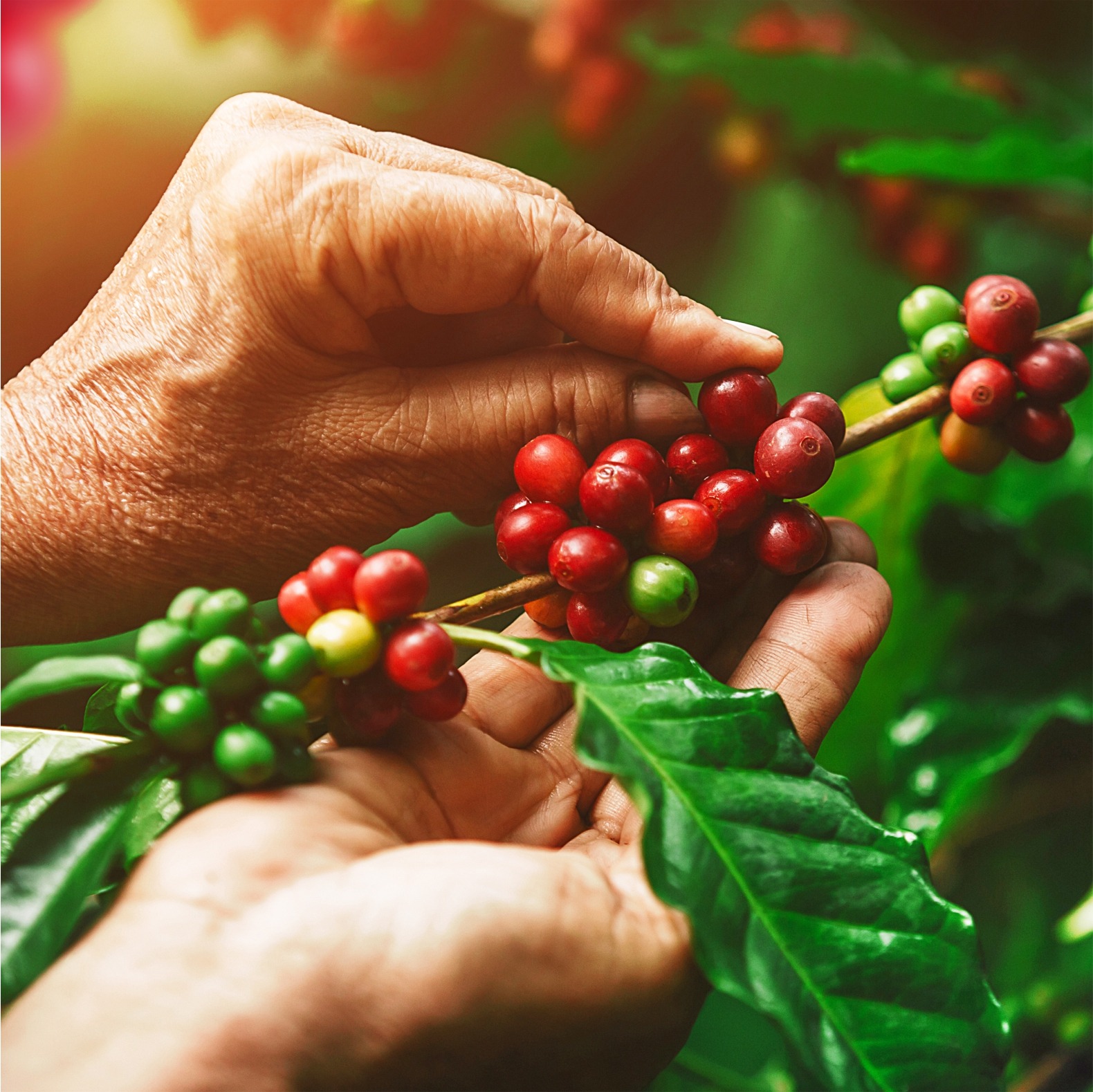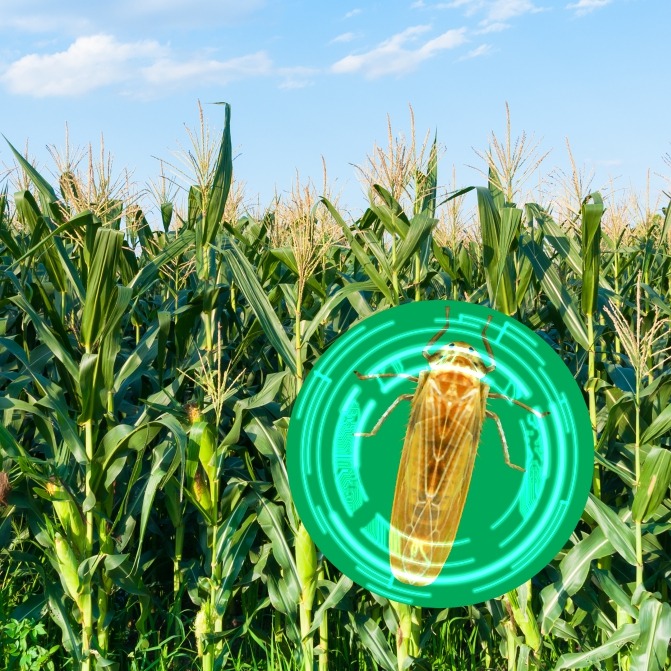
History of
Coffee
With no official records on the emergence of the bean, there is a consensus that coffee is a plant native to the high regions of Ethiopia. According to legend, an Ethiopian shepherd fed his goats with bushes and leaves that had a reddish yellow fruit, noticing changes in the behavior of the herd, the shepherd noticed that there was something different in the plant that made the animals more agitated and with more energy as they progressed chewed the fruit. Curious about the behavior of the animals, the shepherd took a sample of the plant to the monk, who at first refused to use it. Later, another chance was given, after the plant was thrown into the fire and the monks smelled the roasted beans. Coffee became known as “Arabian wine”, gaining commercial space in the 14th century, in the region of Moka, the main port of Yemen, becoming the largest exporter of the grain at the time. In the year 1475, Kiva Han was opened in Turkey, the first coffee shop in the world. With the popularization of coffee shops, coffee has become a social consumer item around the world.Coffee in
Brazil
Coffee was brought to Brazil in 1727, starting its cultivation in the city of Belém, it was spread through the Serra do Mar reaching the Vale do Paraíba around 1820. From São Paulo, he went to Minas Gerais, Espírito Santo and Paraná. Culture was so important for the country's socioeconomic development that it blends into Brazil's own history, being for decades the greatest source of wealth and main export item, reaching 45% of world production in 1845. Currently, Brazil is one of the main producers and exporters of coffee in the world, and the largest consumer of the beverage. Brazilian coffee farming brings the consistency of strict regulations where field workers and the country's biodiversity are respected, as a result, Brazilian coffee stands out among the best in the world.Products VitalForce
For Coffee
See Other
Culture

News Channel
Vital News
El uso de bacterias para el control de enfermedades no solo es una técnica conocida como biocontrol o control biológico. Esta técnica envuelve el...
El cultivo del café es una actividad importante en el sector agrícola, desempeñando funciones importantes relacionadas al desarrollo social y...
Los datos indican, según la Compañía Nacional de Abastecimiento (CONAB, 2023) que en 2023 hubo un aumento en el área total destinada al cultivo...
El año 2023 promete ser más desafiante para la agricultura que los años anteriores, es a lo que apunta a traves de constataciones de los precios...
Diante de um cenário de incertezas climáticas – e agora também político, devido à transição de governo – os produtores rurais brasileiros,...
Diversidade climática e abrangência territorial são importantes fatores que permitem o agricultor realizar a segunda safra, sendo possível...
Fortalecendo as culturas anuais diante do estresse causado pelo ambiente e fatores climáticos com os produtos Grupo Vital. Desde o início do...
O mercado dos insumos biológicos está em bastante ascendência e destaque no mundo agro nos últimos anos. A adoção desses bioinsumos usados para...


























